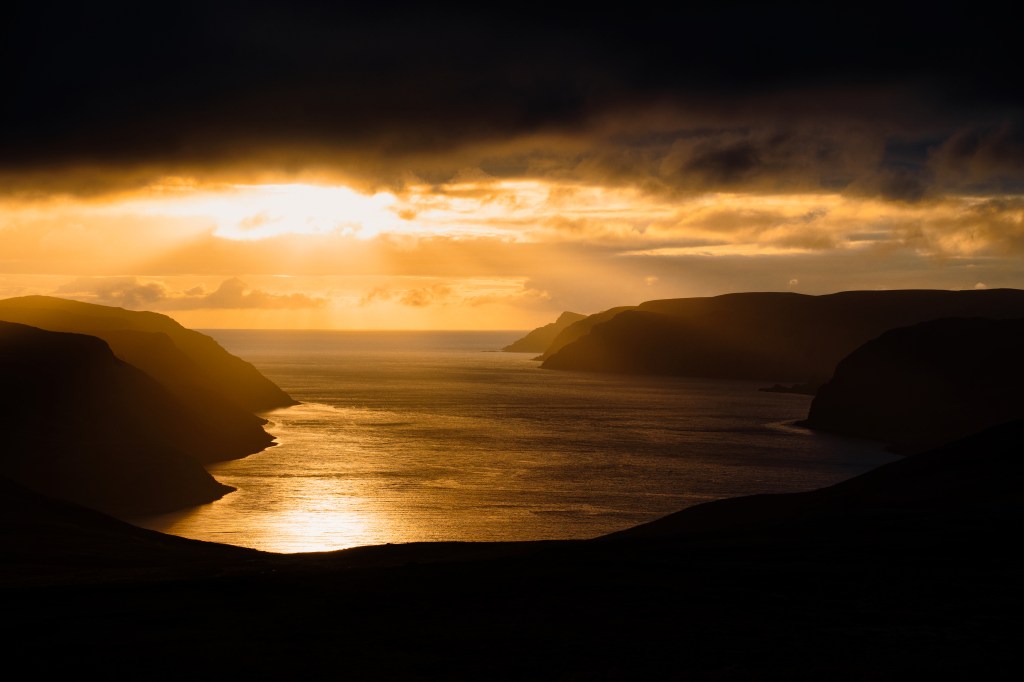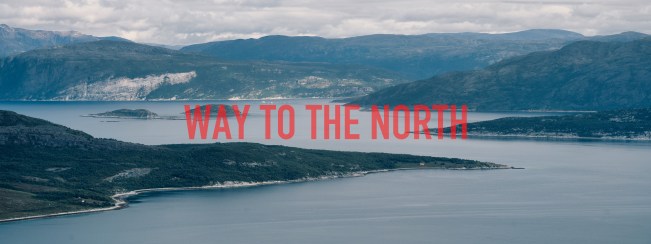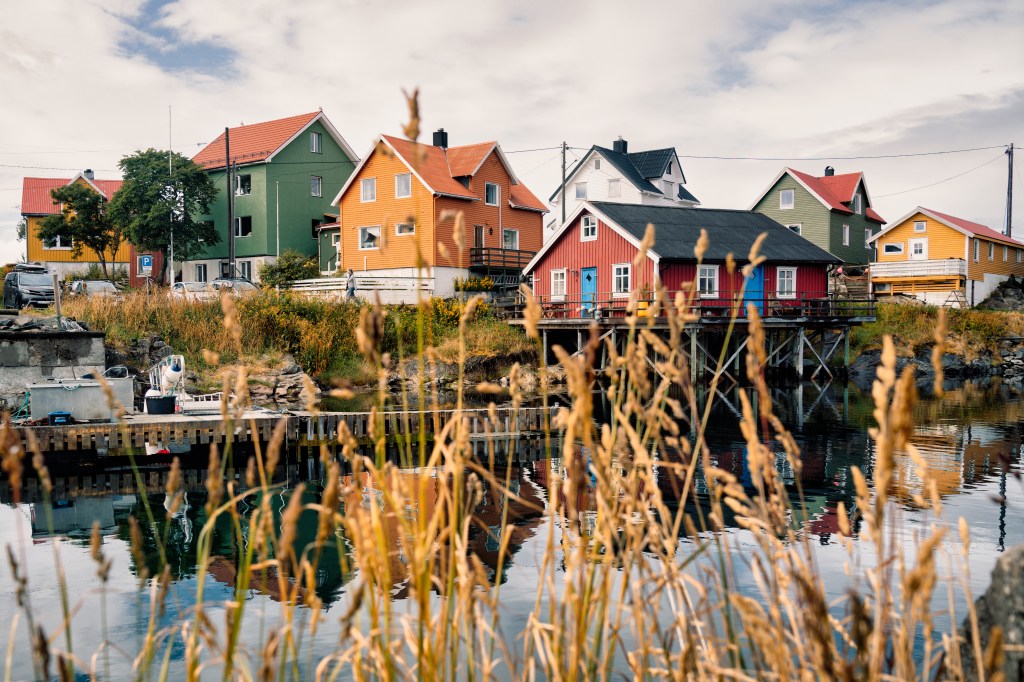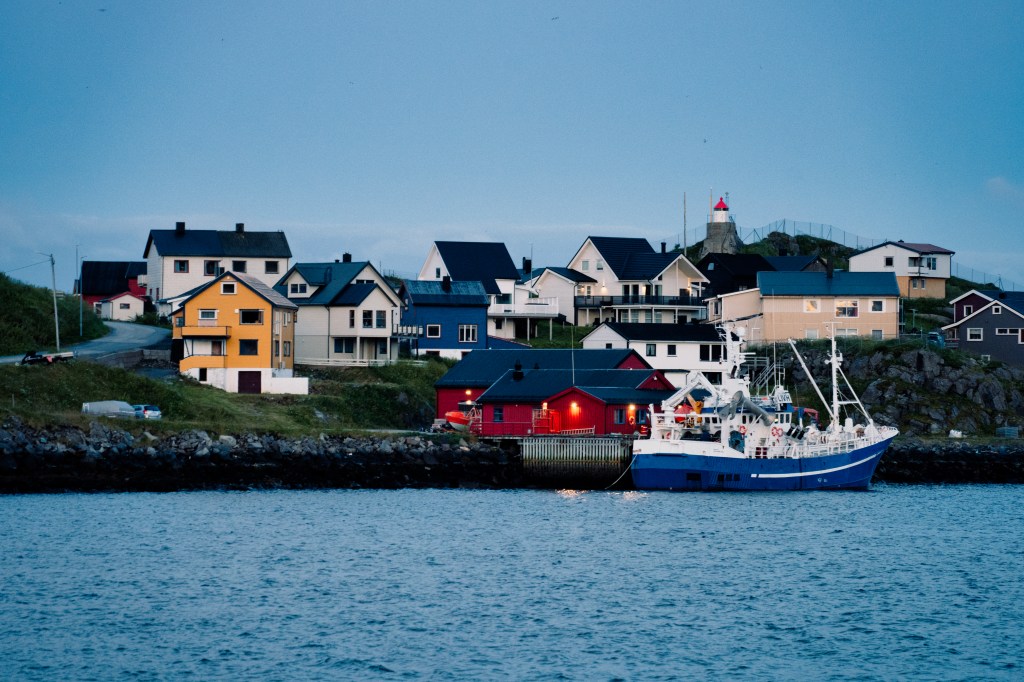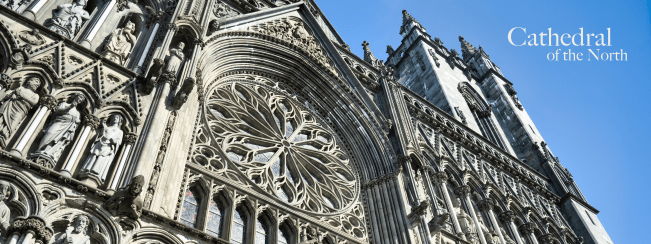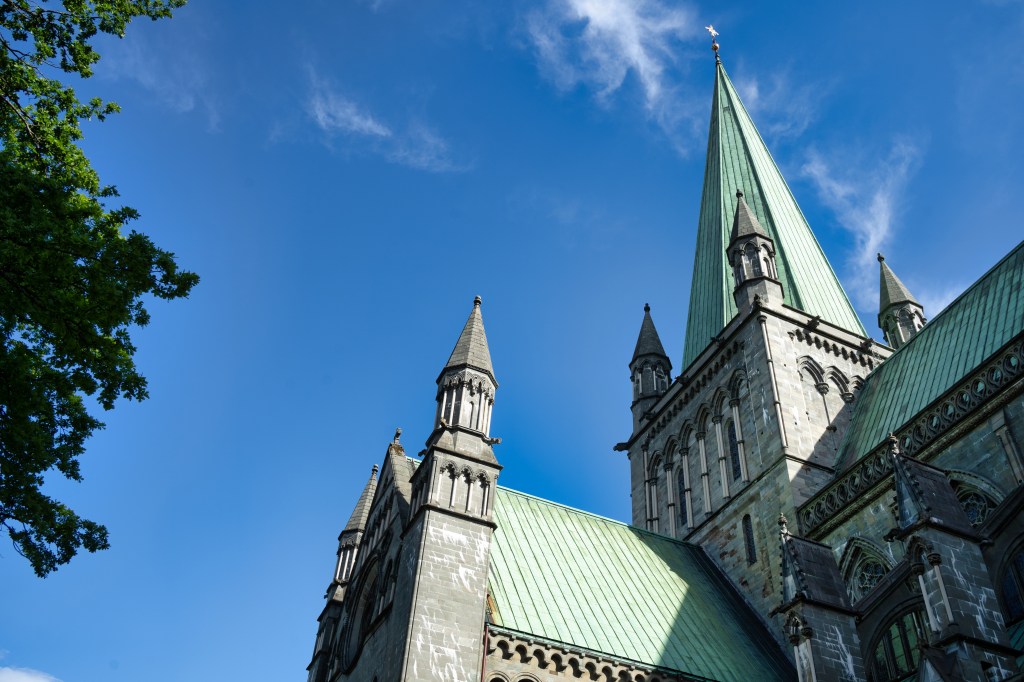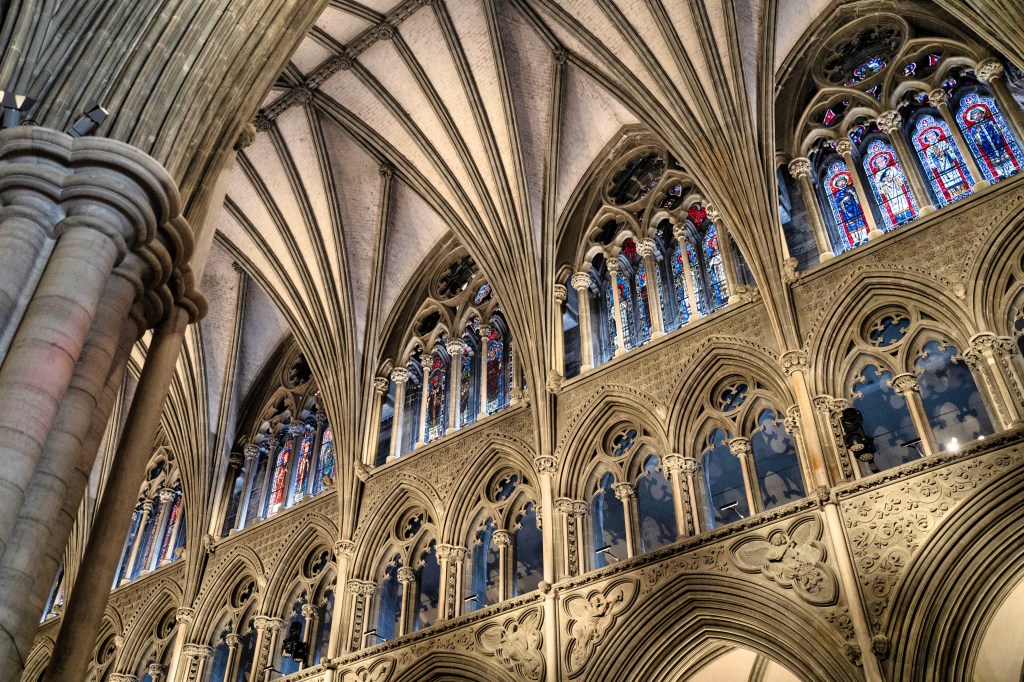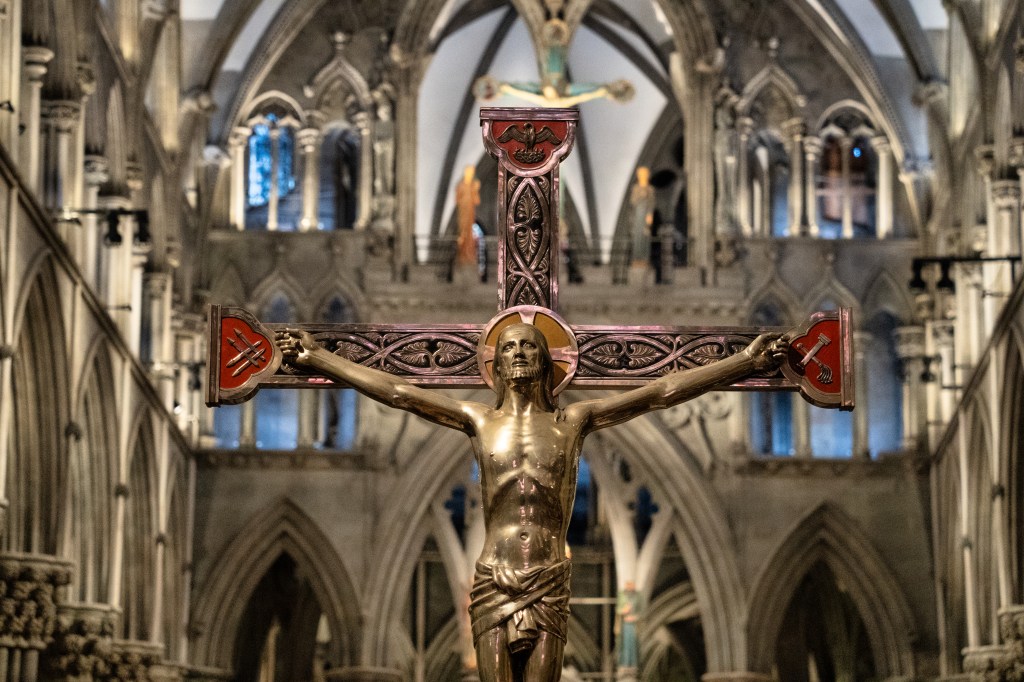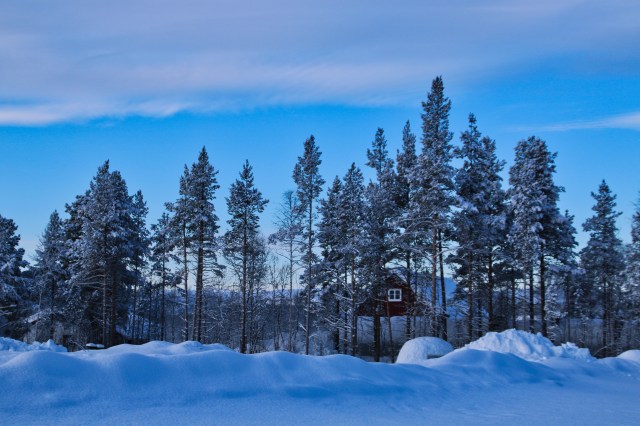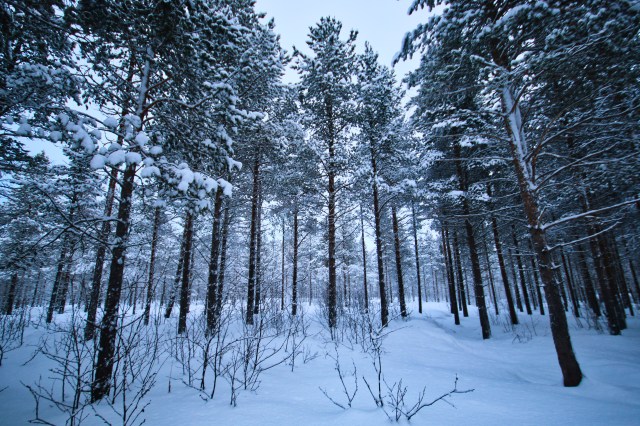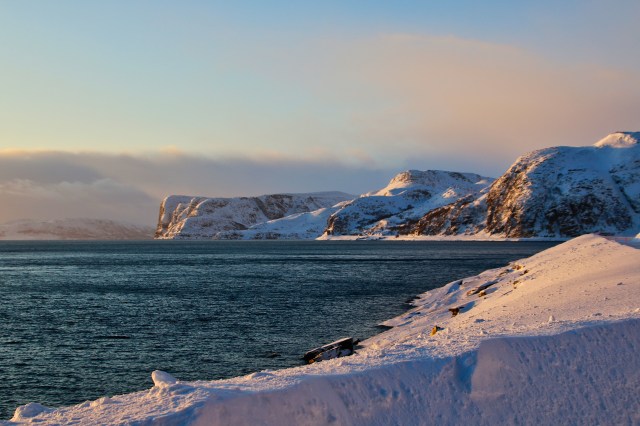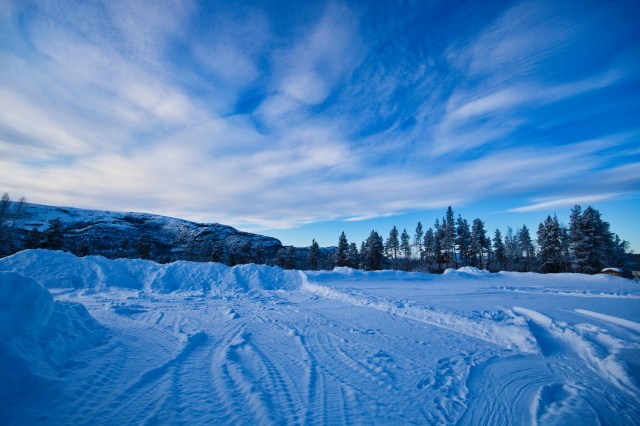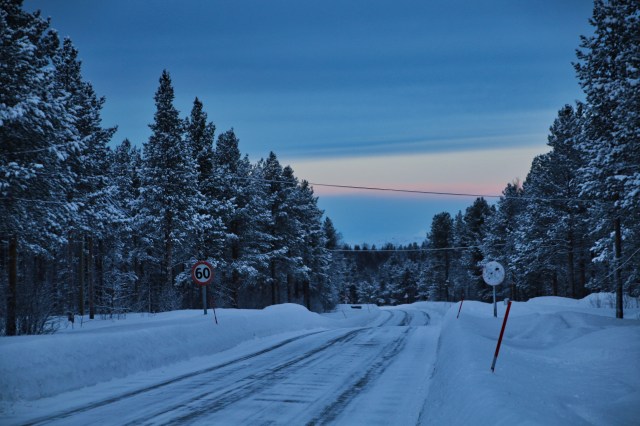Northern Summer
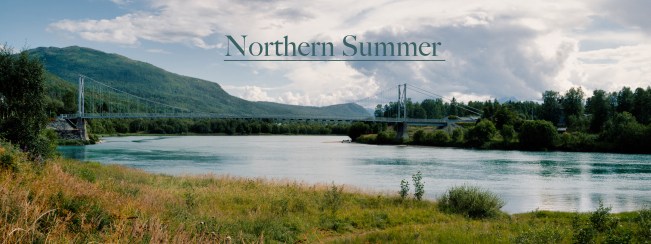
Summer in the Norwegian Arctic is a fleeting yet magical season, transforming the stark northern landscapes into a vibrant tapestry of life. During the brief period when the sun never sets, the Arctic bursts into a symphony of colors. Endless fjords reflect the warm hues of the midnight sun, casting a golden glow upon the rugged terrain. It is a celebration of nature’s resilience as Arctic flora awakens, painting the tundra with wildflowers and grasses. It’s a time when seabird colonies come alive on remote cliffs, and migratory birds fill the air with their calls. Reindeer roam freely, enjoying the lush vegetation that carpets the once frozen ground.





